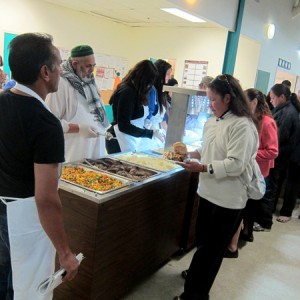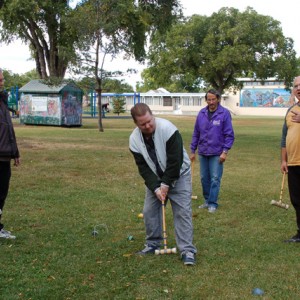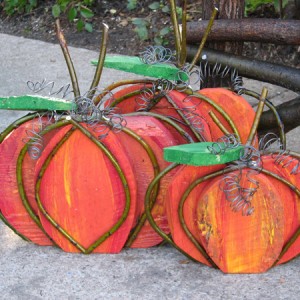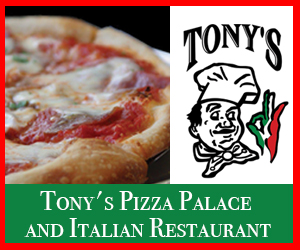Joys of Learning From Experience
We learn in many different ways, and our reasons for learning affect how well we learn. Research shows that the more senses we involve in learning, the better we learn. One way we learn is by trial and error, otherwise known as experience. The learning stays with us when we have to work at discovering how to do something or how something works.
For example, when I first planted my bare yard, I planted the shrubs too close together. Now, I have to move them apart. My first old house had no light fixtures – only bare bulbs. I could not afford to buy new ones or hire an electrician, so I found old fixtures at second-hand stores and took them apart. By following the old wires I learned to restore the old fixtures and give them new life for a very few dollars. I had to ask lots of questions of experts, like how to add a ground wire. By discovering these things myself first-hand, and working to solve a problem, what I learned stuck with me.
Some of us are visual learners. We learn better from demonstrations than from a wordy description. I guess this means we learn by seeing how things are done, and then asking questions. That involves our eyes, ears, voices, smell, and touch. Once we try it on our own, we have questions, then words can help us learn the fine points of doing something. When I was quite young, my uncle Win (who was a house painter) showed me how to paint a chair by brushing on the paint in one direction, then going over it again from the other direction. He showed me how you have to be patient and wait for the paint to settle. He said you always end every stroke by lifting the brush. I learned by watching him (eyes), and listening (ears) to his words about why he did it a certain way. I think of him every time I pick up a brush to paint.
Our emotions also play a role in learning. When we want to learn, and it’s fun, and we are free of worries and hunger, we are able to learn our best.
We have to be motivated to learn well. Many times I’ve been told I needed to learn something, and I asked, “But why?” If we don’t know why, we don’t learn well. Drawing from my previous examples, I learned about light fixtures and gardening because I wanted to make a nice house for my family. Further, when travelling we have to learn to speak essential words in a foreign language in order to get our basic needs met. That provides strong reasons to learn a new language. The immersion language programs in our schools are based on that idea – children learn fast when they need to communicate. When we have a solid reason to learn something new, our observation and listening are more acute, and we learn more effectively.
We also learn from mistakes. After I rewired the old light fixtures, when I turned on the breaker and something went “poof” I knew I had done something wrong, so I redid it. I learned from tiling mistakes about adhesives. Once I laid lovely ceramic tile on a kitchen floor, which took days. The floor looked beautiful when I got it all done and grouted, and I was pretty proud of myself. But when I rolled the appliances back into place, every tile in the pathway broke! I was devastated, but I soon realized I had used the wrong adhesive – wall instead of floor! I hated those cracked tiles, and vowed never to make that error again. That’s learning from mistakes.
Our emotions also play a role in learning. When we want to learn, and it’s fun, and we are free of worries and hunger, we are able to learn our best. Of course, we all respond to encouragement and praise when we get something “right.” Now as a teacher, I try to let my students experience and discover the joy of learning things for themselves, without telling them everything first. I demonstrate a technique and then explain why – because I want them to learn well, and use more of their senses. We don’t all learn in the same ways, but once we know how and why we learn, we become better at learning everything—even from our mistakes.
Joanne is a McCauley homeowner who is also an artist and educator. She teaches art education courses to future teachers at the U of A.








